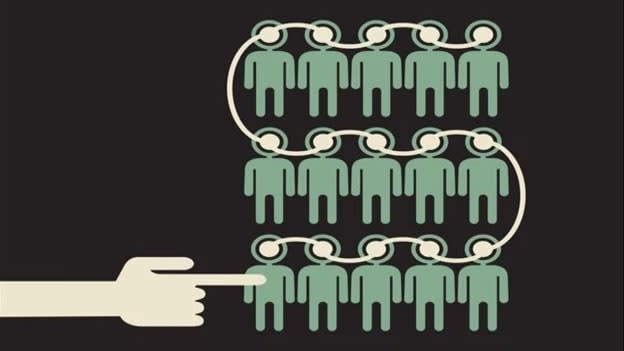Why engagement is the key to growth during times of uncertainty

The meaning of employee engagement has changed, and companies across the board are rethinking on how to effectively engage employees today.
Pre-pandemic, engagement was simply about driving productivity and retaining top performers. But as businesses adapt to cope with tremendous uncertainty, the focus of engagement has shifted to ensure employees are supported to handle even basic job duties. In fact, this is perhaps the most concerned the entire business world has ever been about keeping all employees engaged.
A rise, and a plunge, in engagement
Engagement soared to all-time highs at the beginning of the pandemic. People were happy to have a job, even if it wasn’t ideal. But that growth didn't last. A recent Gallup report showed that while a staggering 38 percent of employees were actively engaged in May, within a few weeks, that rate had already dropped to 31 percent.
Even with the spike in the number of engaged employees, the same report saw the number of actively disengaged employees stay the same over time. While employers might have an increased focus on engagement, there’s a clear issue with sustaining those engagement levels. That volatility presents many costly risks to future business performance, from employee turnover to decreased profits.
Engagement is needed more than ever
These ups and downs may be expected, but they signal something larger.
As workforces struggle to adapt to new environments and circumstances, employee engagement is needed now more than ever.
The problem is, traditional rewards and recognition solutions don’t work for the modern workforce sustainably. And considering the unique challenges employees face today, they were never made to.
To sustain the rate at which the need for engagement is growing, the way we recognize and reward must grow too. Changes in the world of work have in turn changed the ways employees need to feel engaged. Employees today are struggling in ways that impact their work like never before.
For the employee who has had their team reduced and dispersed, or has had to adjust working hours to care for children at home, their entire relationship with work has been altered. For employees who are experiencing extended periods of isolation, or are burdened by constant distractions in a home-office environment, their risk for burnout is only getting worse. All of these conditions have changed the meaning of engagement.
What we're missing: meaning and a personalized experience
Nuanced moments of appreciation, such as getting instant feedback from a manager, are now difficult to come by. Even having work seen and appreciated by coworkers is harder to facilitate, and traditional rewards may not even be valuable. When all of the drivers of engagement have changed, how can we make recognition more meaningful?
At this moment, HR leaders have an opportunity to support their organization with technology that can make a difference.
Top-down solutions don’t have the employee in mind, and can’t keep up with the pace of change today. Effective platforms must give teams the ability to configure engagement programs to meet the needs of the organization. Recognition has never been one-size-fits-all, especially now, and organizations need solutions that can meet the unique needs of all employees — in a personalized way.
For employees to stay engaged, the experience of recognition has to be rewarding. Most traditional programs are clunky and cumbersome, which results in an experience that requires users to spend as much time administering as they do recognize each other. Employees want to stay connected. They want to share appreciation. But legacy engagement platforms have failed to grow proportionally with the needs of the ever-changing workplace. A lack of integration capabilities and customization has resulted in positive behaviors being gated by over-complicated processes. Thus, employees lose interest, and activity drops.
Driving lasting connections in times of uncertainty
The durability of workforces depends on deep connections and frequent moments of meaningful recognition. Technology that streamlines recognition, giving teams from all departments or all job levels the ability to share recognition, is critical. Improving the speed and effectiveness of communication not only keeps teams connected but prevents bottlenecks for productivity.
The growth in the importance of employee engagement means more employees are in need of support too. The changes in the needs of employees will only continue, so the support they receive must be nimble enough to sustain engagement in the long run.
Sustained engagement lies in the capabilities that make staying connected easier when offices are closed, or give employees the ability to feel rewarded for great work when in-person celebrations are a thing of the past. With technology that empowers employees with more choice in the way they share recognition, companies can hope to see engagement grow in times of tremendous uncertainty.
















